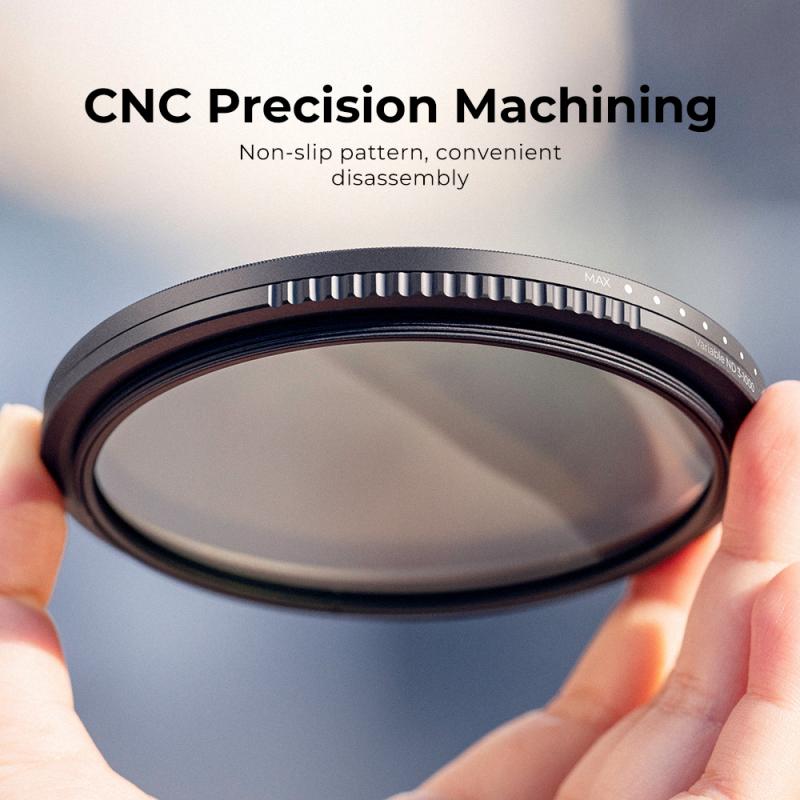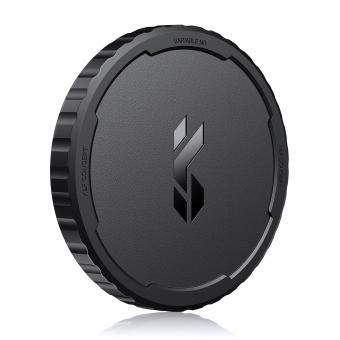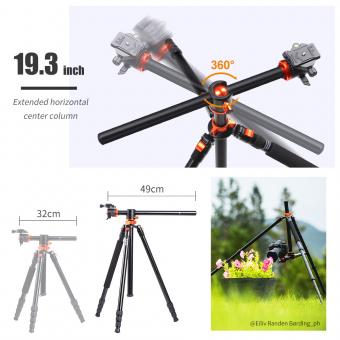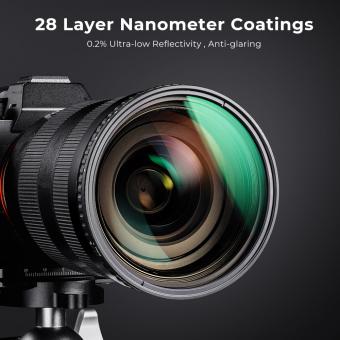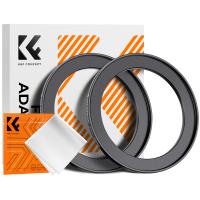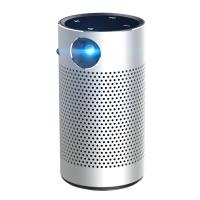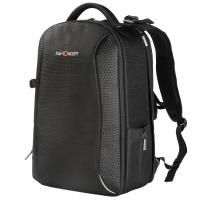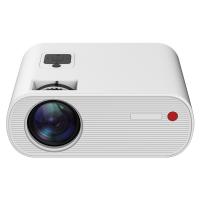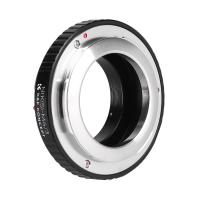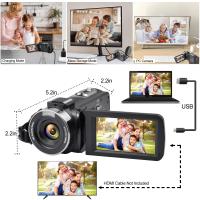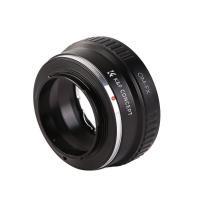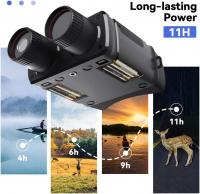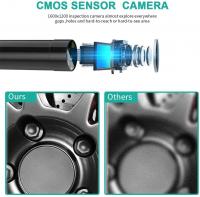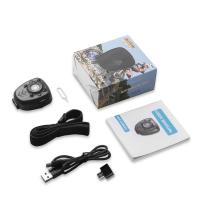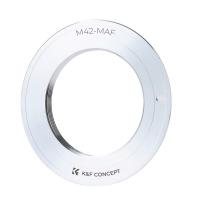What Nd Filters Should I Buy ?
The specific ND filters you should buy depend on your specific needs and preferences. It is recommended to consider factors such as the desired level of light reduction, the type of photography or videography you engage in, and the quality and compatibility of the filters with your camera equipment. Popular options include variable ND filters, which allow for adjustable light reduction, and fixed ND filters with different levels of light reduction, such as ND2, ND4, or ND8. It is advisable to research and compare different brands and models to find the best fit for your requirements.
1、 Types of ND filters and their uses in photography.
Types of ND filters and their uses in photography
When it comes to photography, ND (Neutral Density) filters are essential tools that every photographer should consider adding to their kit. ND filters are designed to reduce the amount of light entering the camera lens without affecting the color or contrast of the image. This allows photographers to have more control over exposure and achieve creative effects that would otherwise be difficult to capture.
There are various types of ND filters available in the market, each with its own specific uses and advantages. The most common types include:
1. Solid ND filters: These filters have a consistent density throughout the entire filter, providing a fixed reduction in light. They are ideal for situations where you need to reduce the exposure evenly, such as capturing long exposures of waterfalls or blurring motion in bright daylight.
2. Graduated ND filters: These filters have a gradient density, with one half being darker than the other. They are useful when you have a scene with a significant difference in brightness between the sky and the foreground. By placing the darker portion over the brighter area, you can balance the exposure and retain detail in both areas.
3. Variable ND filters: These filters offer adjustable density, allowing you to control the amount of light reduction by rotating the filter. They are versatile and convenient, especially in situations where the lighting conditions may change rapidly.
The choice of ND filters depends on the specific requirements of your photography. Consider factors such as the type of photography you do, the lighting conditions you typically encounter, and your budget. It's also important to invest in high-quality filters to ensure minimal color cast and maximum image quality.
In recent years, advancements in technology have led to the development of new types of ND filters, such as magnetic filters that attach directly to the lens without the need for a filter holder. These filters offer convenience and ease of use, particularly for photographers who frequently change filters in the field.
Ultimately, the best ND filters for you will depend on your individual needs and preferences. It's always a good idea to do some research, read reviews, and seek recommendations from fellow photographers to make an informed decision.
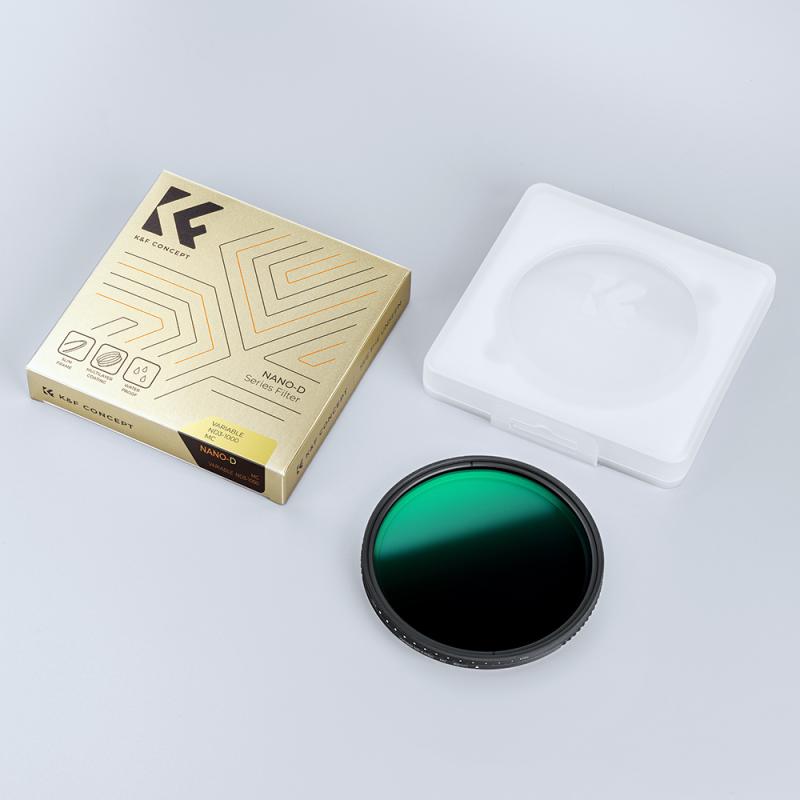
2、 Factors to consider when choosing the right ND filter.
Factors to consider when choosing the right ND filter:
1. Filter Strength: ND filters come in different strengths, usually measured in stops. The strength you choose depends on the amount of light reduction you need. Common strengths include ND2 (1-stop reduction), ND4 (2-stop reduction), and ND8 (3-stop reduction). However, stronger filters like ND16 or ND32 may be required for extremely bright conditions.
2. Filter Type: ND filters are available in various types, including screw-on filters, square filters, and variable ND filters. Screw-on filters are the most common and convenient option, while square filters offer more flexibility and allow for stacking multiple filters. Variable ND filters provide adjustable light reduction by rotating the filter.
3. Filter Size: Ensure that the filter you choose matches the diameter of your lens. Most lenses have the filter size indicated on the front, or you can refer to the lens specifications.
4. Filter Quality: The quality of the filter is crucial to maintain image sharpness and color accuracy. Look for filters made from high-quality materials, such as multi-coated glass, to minimize reflections, flare, and distortion.
5. Budget: Consider your budget when selecting an ND filter. Prices can vary significantly depending on the brand, quality, and type of filter. It's worth investing in a good quality filter to ensure optimal image quality.
6. Purpose: Determine the specific purpose for which you need the ND filter. Are you looking to capture long exposures of landscapes or waterfalls, or do you need to reduce the shutter speed for video recording? Different scenarios may require different filter strengths.
7. Compatibility: Ensure that the ND filter you choose is compatible with your camera system. Some filters may be designed specifically for certain brands or lens mounts.
In conclusion, when choosing the right ND filter, consider factors such as filter strength, type, size, quality, budget, purpose, and compatibility. It's also helpful to read reviews and seek recommendations from photographers who have experience with different filters.
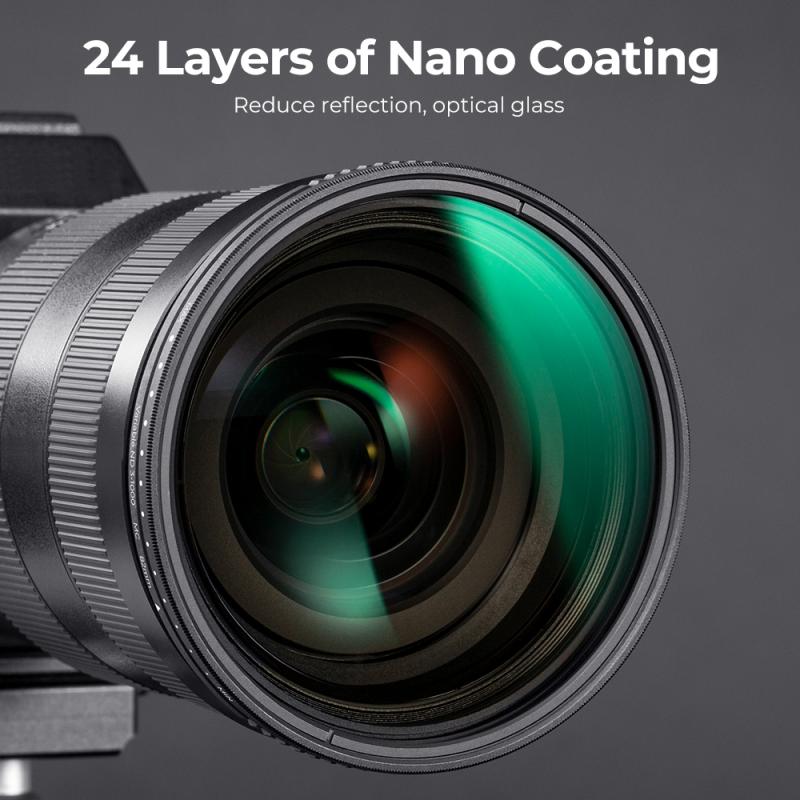
3、 Top ND filter brands and their recommended products.
Top ND filter brands and their recommended products:
1. B+W: B+W is a renowned brand known for its high-quality filters. Their ND filters are made with precision and offer excellent light reduction. The B+W XS-Pro ND Vario filter is highly recommended as it allows for variable light reduction, making it versatile for different shooting conditions.
2. Hoya: Hoya is another trusted brand in the photography industry. Their ND filters are known for their durability and optical performance. The Hoya ProND filters are recommended for their high light reduction capabilities and minimal color cast.
3. Lee Filters: Lee Filters is a popular choice among professional photographers. Their ND filters are known for their exceptional color accuracy and image quality. The Lee Filters ProGlass ND filters are highly recommended for their superior optical performance and minimal color shift.
4. Tiffen: Tiffen is a well-established brand that offers a wide range of filters. Their ND filters are known for their affordability and decent performance. The Tiffen Variable ND filter is recommended for its versatility and ease of use.
5. Formatt Hitech: Formatt Hitech is a brand that specializes in high-quality filters. Their ND filters are known for their excellent light reduction capabilities and minimal color cast. The Formatt Hitech Firecrest ND filters are highly recommended for their superior optical performance and neutral color rendition.
When choosing ND filters, consider factors such as the desired light reduction, filter size compatibility with your lenses, and budget. It's also worth noting that some photographers prefer square or rectangular filter systems, such as those offered by Lee Filters or Formatt Hitech, for their flexibility and ability to stack multiple filters. Ultimately, the best ND filter for you will depend on your specific needs and shooting style.
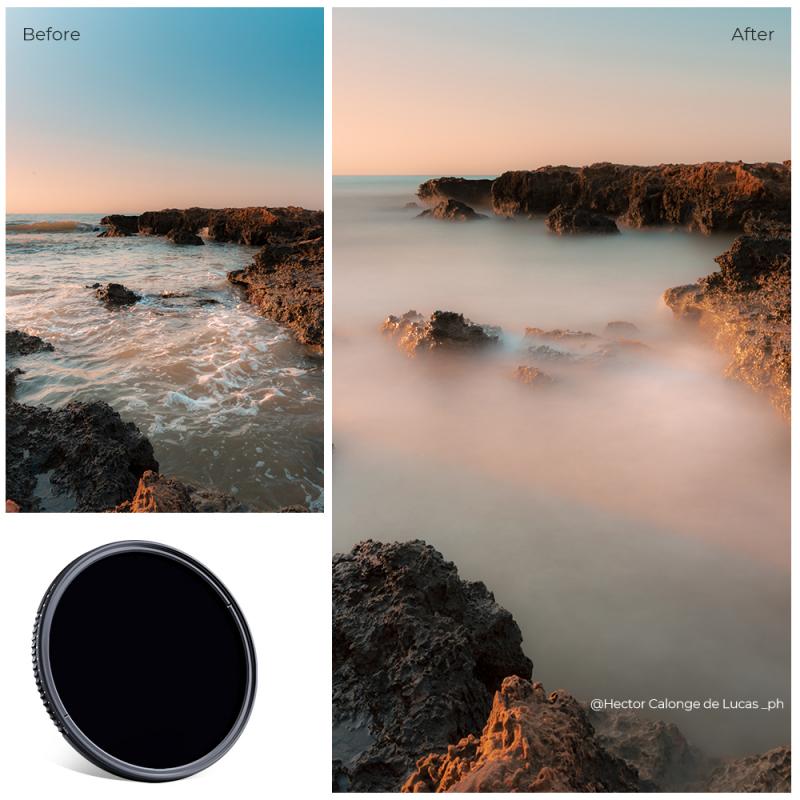
4、 ND filter strength and its impact on exposure and image quality.
ND filters, or neutral density filters, are essential tools for photographers and videographers looking to control exposure and achieve creative effects. When it comes to choosing the right ND filters, there are a few factors to consider.
Firstly, you need to determine the ND filter strength that suits your needs. ND filters come in various strengths, typically measured in stops. Common strengths include ND2, ND4, ND8, ND16, and ND32, with each filter reducing the amount of light entering the lens by a specific number of stops. The higher the number, the darker the filter and the more light it blocks. Choosing the right strength depends on the shooting conditions and the effect you want to achieve. For example, a stronger ND filter like ND32 is ideal for shooting in bright sunlight or capturing long exposures of moving water, while a lighter ND filter like ND4 may be sufficient for slightly reducing the exposure in moderate lighting conditions.
It's important to note that the impact of ND filters goes beyond just exposure control. They can also affect image quality. Cheaper or lower-quality filters may introduce color casts, reduce sharpness, or cause vignetting. Therefore, it is advisable to invest in high-quality ND filters from reputable brands to ensure minimal impact on image quality.
The latest point of view on ND filters is the growing popularity of variable ND filters. These filters offer a range of adjustable strengths in a single filter, allowing you to dial in the desired amount of light reduction. They are convenient and versatile, especially for photographers who frequently shoot in changing lighting conditions. However, it's worth noting that variable ND filters may introduce some image quality issues, such as color shifts or loss of sharpness, particularly at extreme settings. Therefore, it's important to choose a high-quality variable ND filter to minimize these drawbacks.
In conclusion, when deciding which ND filters to buy, consider the strength that suits your shooting conditions and creative goals. Invest in high-quality filters to ensure minimal impact on image quality, and consider the convenience and versatility of variable ND filters if they align with your shooting style.
